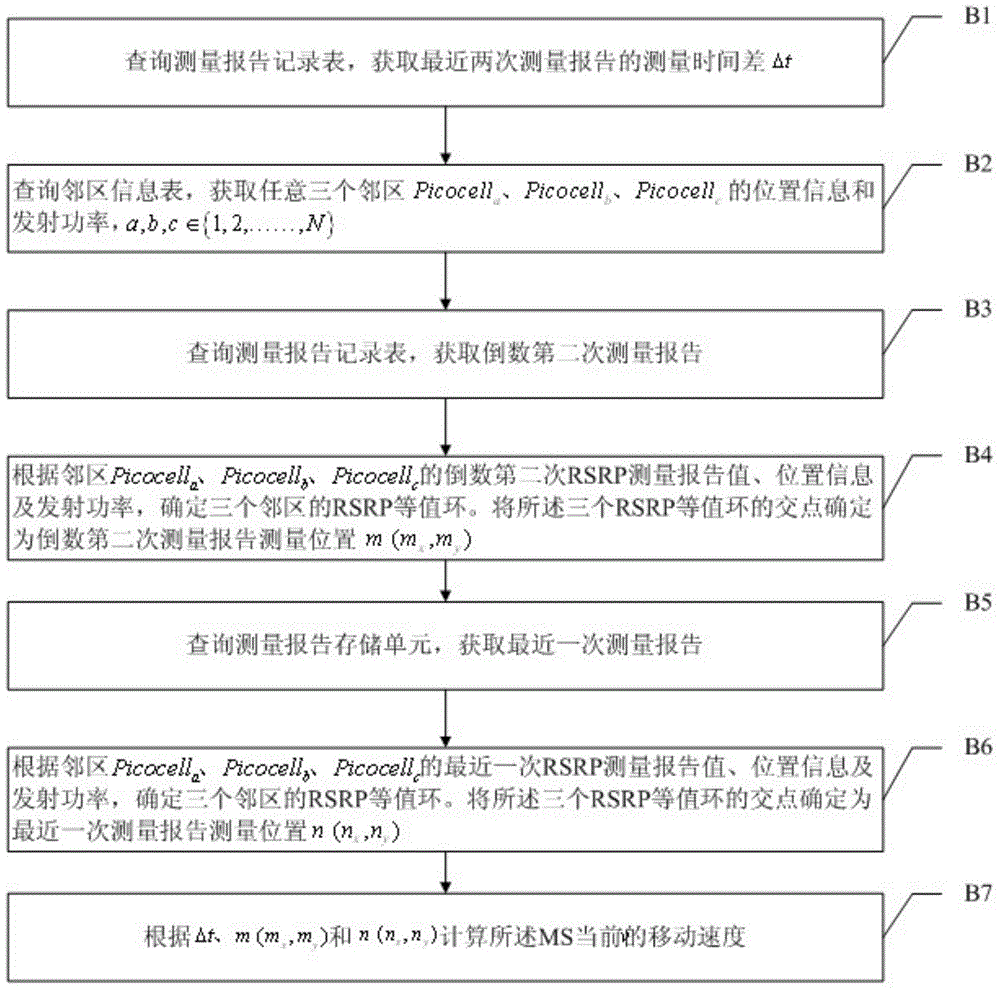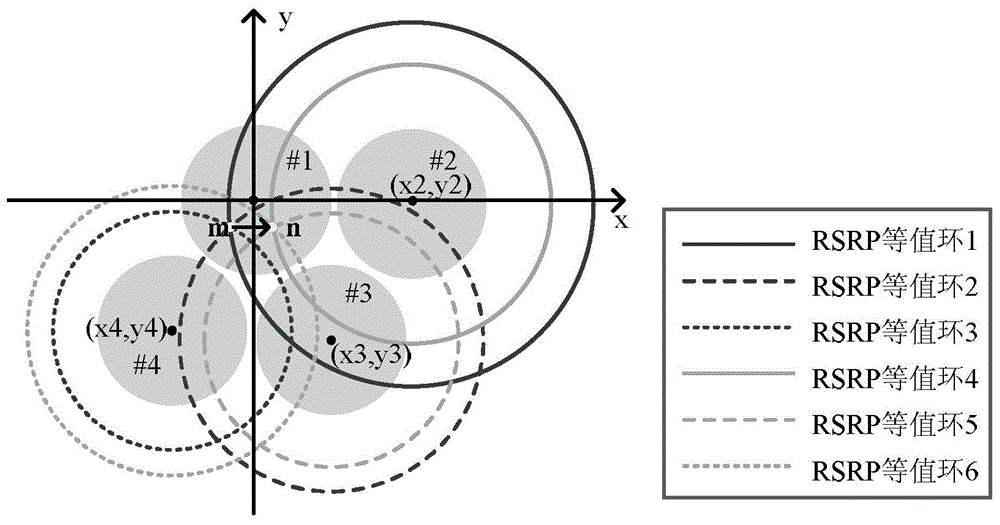Intensive-network self-optimizing switching method
A dense network, self-optimization technology, applied in electrical components, wireless communication, etc., can solve problems such as low handover performance, no longer applicable handover parameters of homogeneous cellular network, call drop, etc., achieve excellent handover performance and improve high handover failure rate effect
- Summary
- Abstract
- Description
- Claims
- Application Information
AI Technical Summary
Problems solved by technology
Method used
Image
Examples
Embodiment Construction
[0063] Below in conjunction with accompanying drawing, the present invention will be further described:
[0064] see figure 1 , figure 1 It is a flow chart of the self-optimized handover method provided by the embodiment of the present invention. In the embodiment of the present invention, the switching self-optimization process may specifically include:
[0065] Step A1, obtaining the current moving speed of the MS;
[0066] Step A2, querying the PSI table of the MS to obtain the passing rate of the current MS to each neighboring cell;
[0067] Step A3, obtaining the acceptance capacity of each neighboring area at the current moment;
[0068] Step A4, obtaining the idleness of each neighboring cell at the current moment;
[0069] Step A5, according to the moving speed and passing rate of the MS, and based on the fuzzy logic theory, obtain the degree of tendency of the MS to each neighboring cell;
[0070] Step A6. Obtain the affinity of the neighboring cell to the MS ba...
PUM
 Login to View More
Login to View More Abstract
Description
Claims
Application Information
 Login to View More
Login to View More - R&D
- Intellectual Property
- Life Sciences
- Materials
- Tech Scout
- Unparalleled Data Quality
- Higher Quality Content
- 60% Fewer Hallucinations
Browse by: Latest US Patents, China's latest patents, Technical Efficacy Thesaurus, Application Domain, Technology Topic, Popular Technical Reports.
© 2025 PatSnap. All rights reserved.Legal|Privacy policy|Modern Slavery Act Transparency Statement|Sitemap|About US| Contact US: help@patsnap.com



